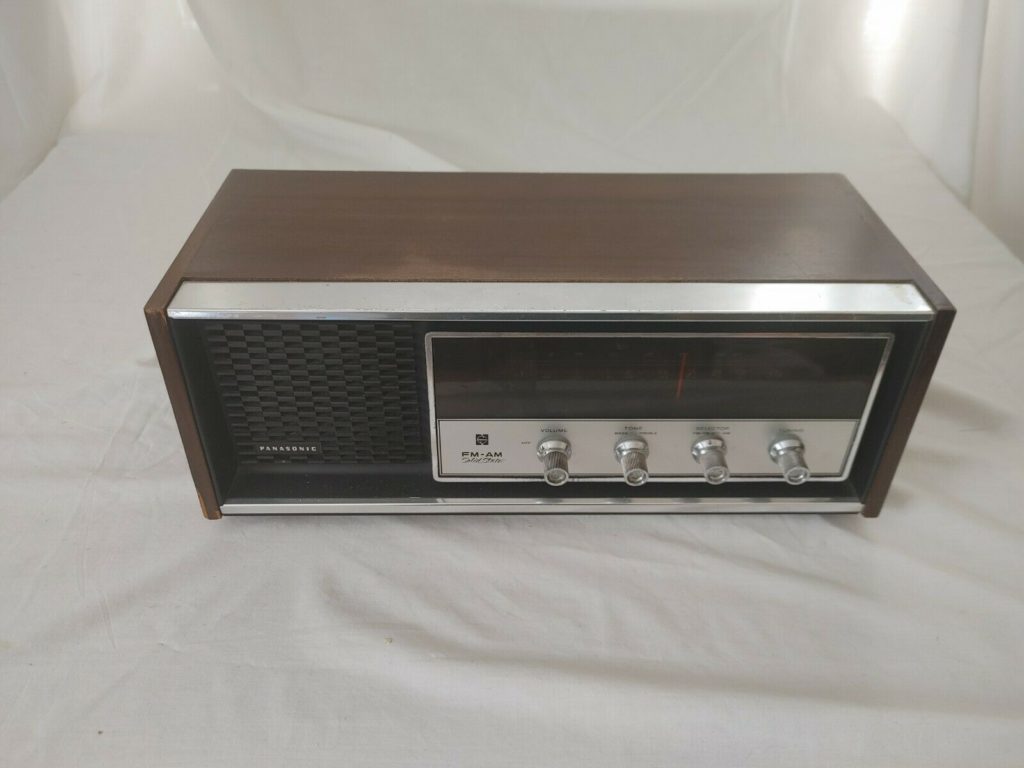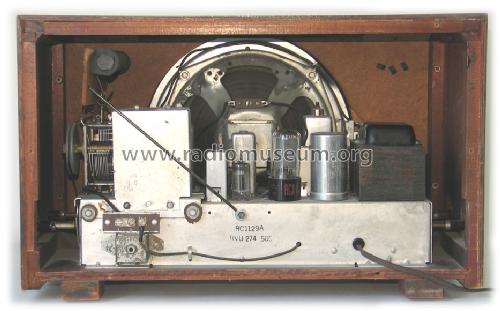

Capacitor C is a small value and it readily passes the high frequency signal to the grid of the first tube, a radio frequency amplifier. The basic operation of the RCA reflexed second harmonic superhet is as follows (refer to the simplified diagram): The signal is tuned in with the loop and its associated tuning capacitor (this cap constitutes the main tuning control on the left front panel). Houck solved the problem by using the second harmonic of the oscillator to mix with the received signal.

It wasn’t very successful because the input tuning circuitry and the oscillator were adjusted to nearly the same frequency (to produce a low IF), and this resulted in interference between the two tuning controls. It was called reflexing, and it wasn’t anything new to the superhet Armstrong and his associates tried to make the oscillator tube do double duty in their first experiments in France in 1918. Armstrong reasoned that the price of a superhet could be significantly reduced if some of the tubes could be used for double duty, reducing the total number of tubes required. The tubes in a standard superhet were only performing one function. The large number of tubes used in the standard superhet was a significant factor in limiting its use for home broadcast reception. It was an ingenious model of the superhet that operated on the second harmonic principle.

Armstrong and Harry Houck were the main engineers to bring forth the first RCA superhet in March, 1924.


 0 kommentar(er)
0 kommentar(er)
